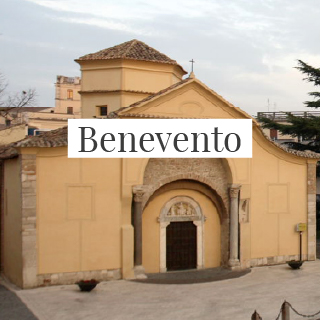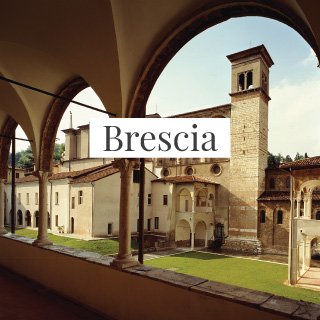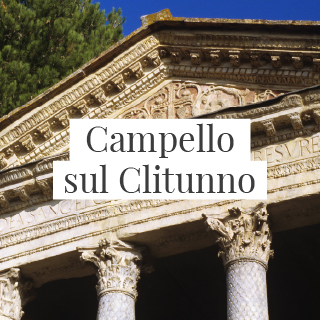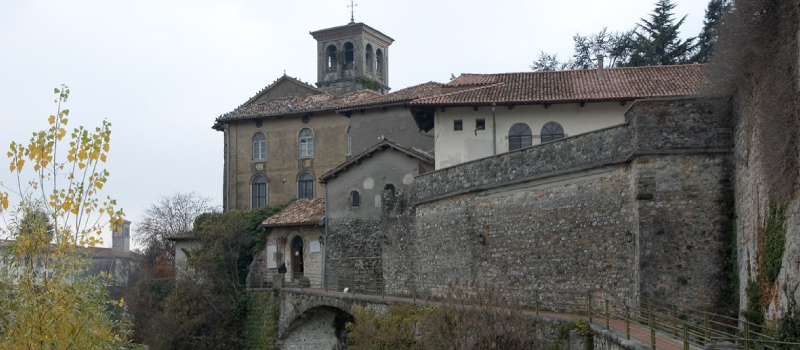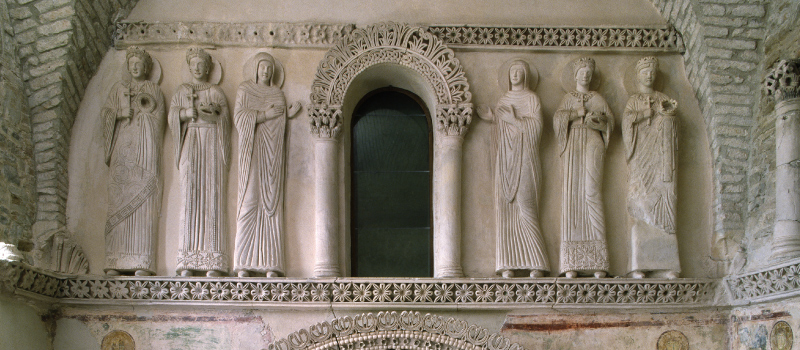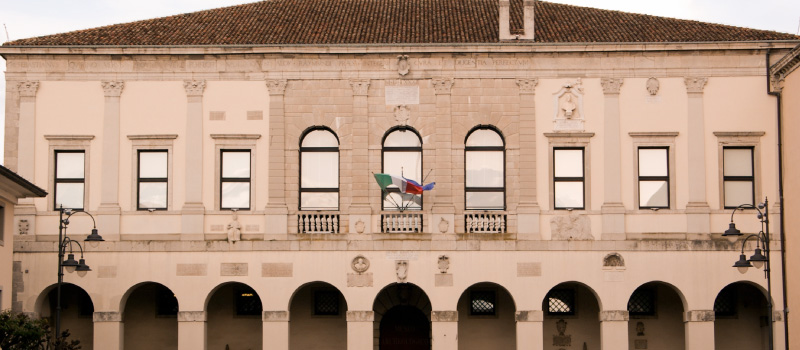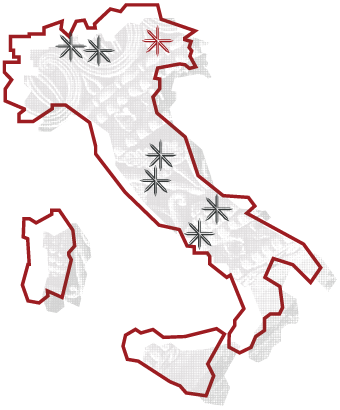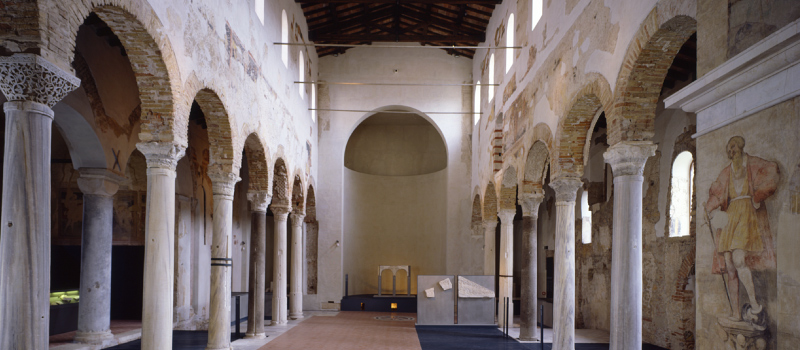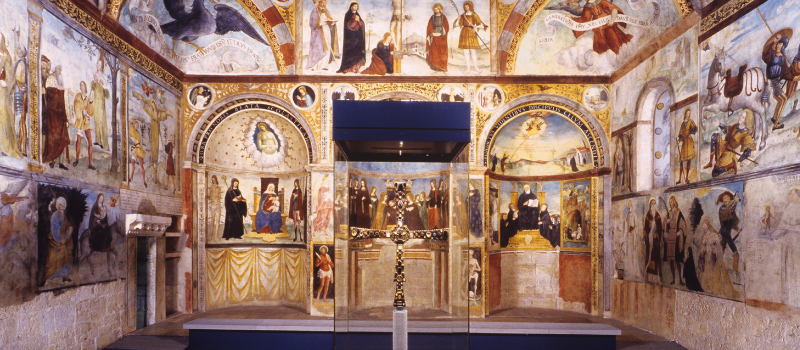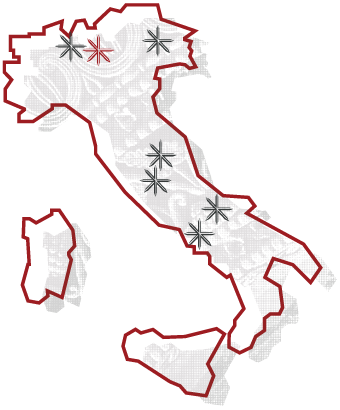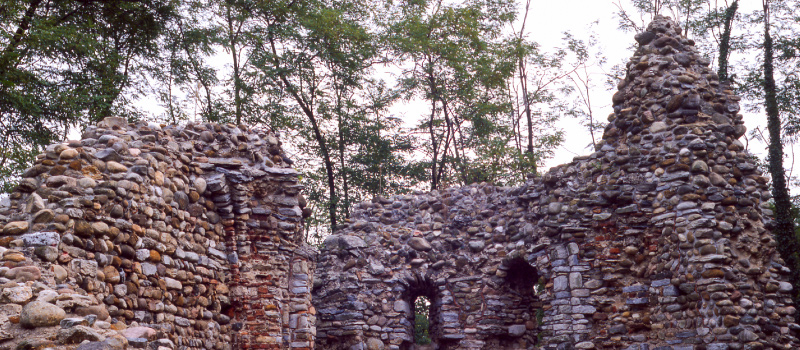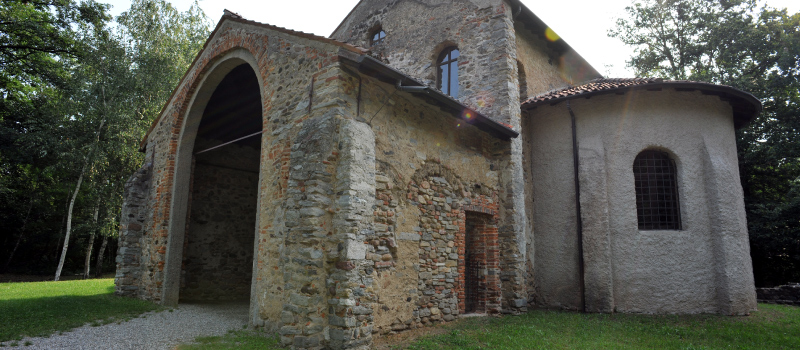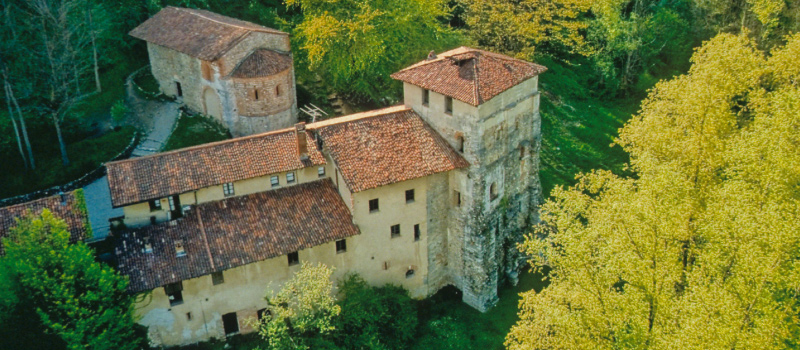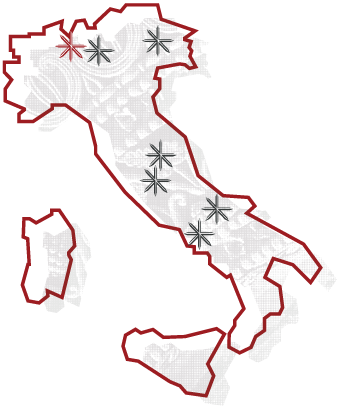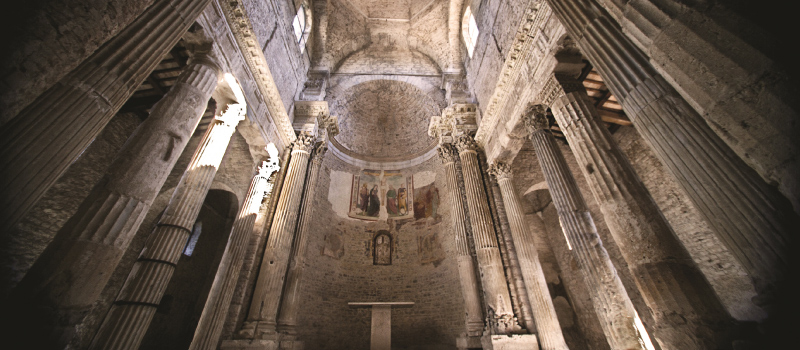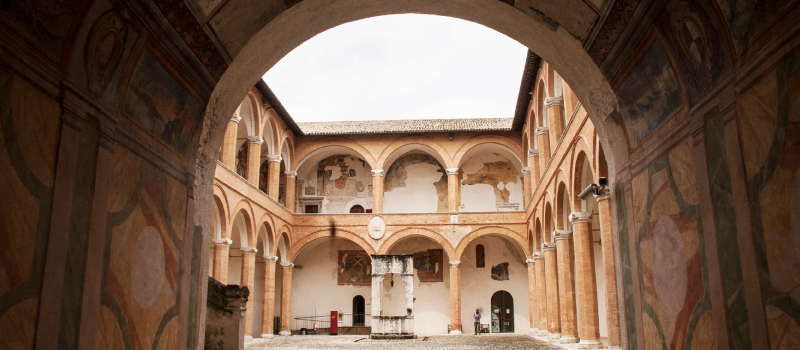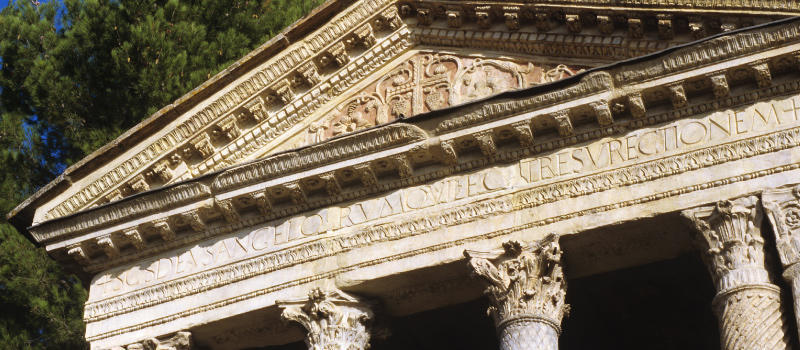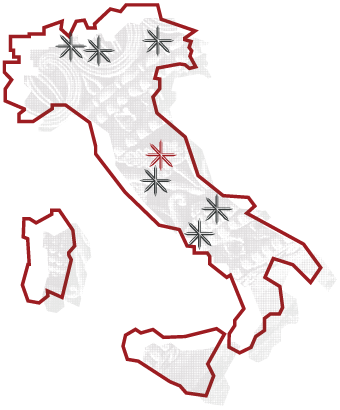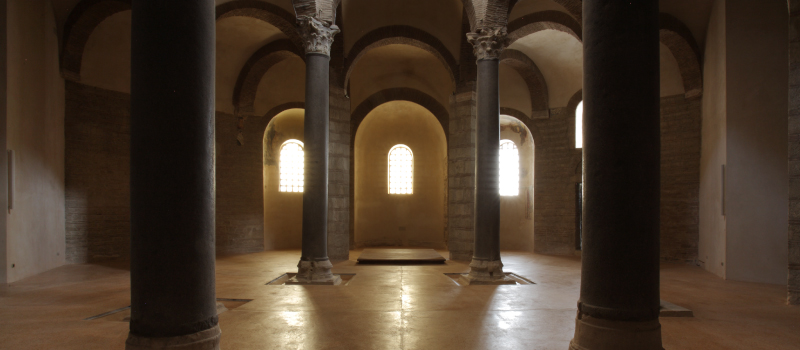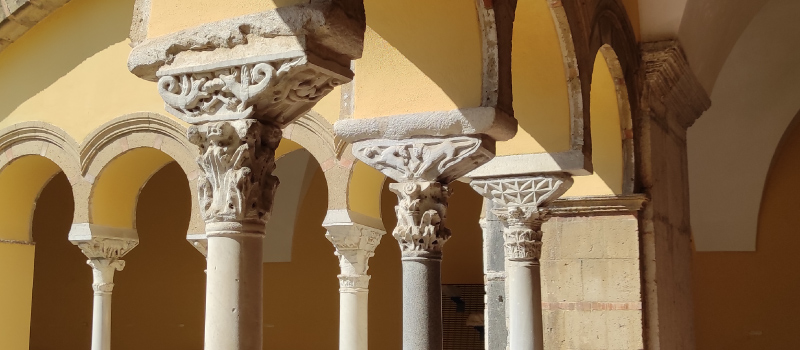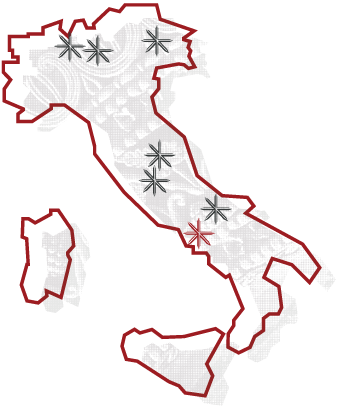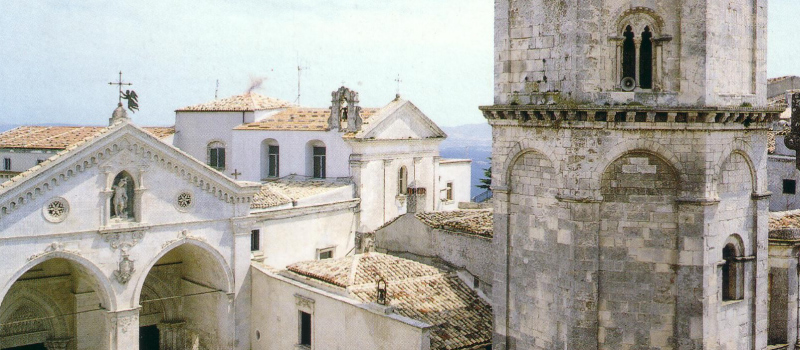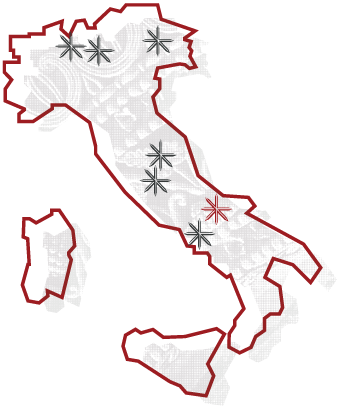Archaeological Park and Antiquarium
Castelseprio Archaeological Park
The Archaeological Park of Castelseprio, which also includes the Antiquarium, is state property belonging to the Ministry of Culture, destined for public use. A part is property of Varese Provincial Authority with whom an agreement for its use, still operative, was signed in 1994.
The area is located in extra-urban territory; it occupies an area of approximately 130,000 m2, of which about 55,000 m2 is open to the public, on a plateau overlooking the middle Olona valley.
The Castrum
The Archaeological Park includes, in a densely wooded setting, the remains of a castrum which developed in the 5th century AD on pre-existing 4th century AD military structures, surrounded by mighty turreted walls, which also defended part of the outpost in the valley bottom known as the Torba monastery (owned by the FAI). The Castelseprio Archaeological Area is located on terraced high ground, surrounded by woods and deep valleys below, where rivers and streams flow. The area is an outstanding example of the reuse of a fortified system built in the Late Roman period following the first Germanic invasions.
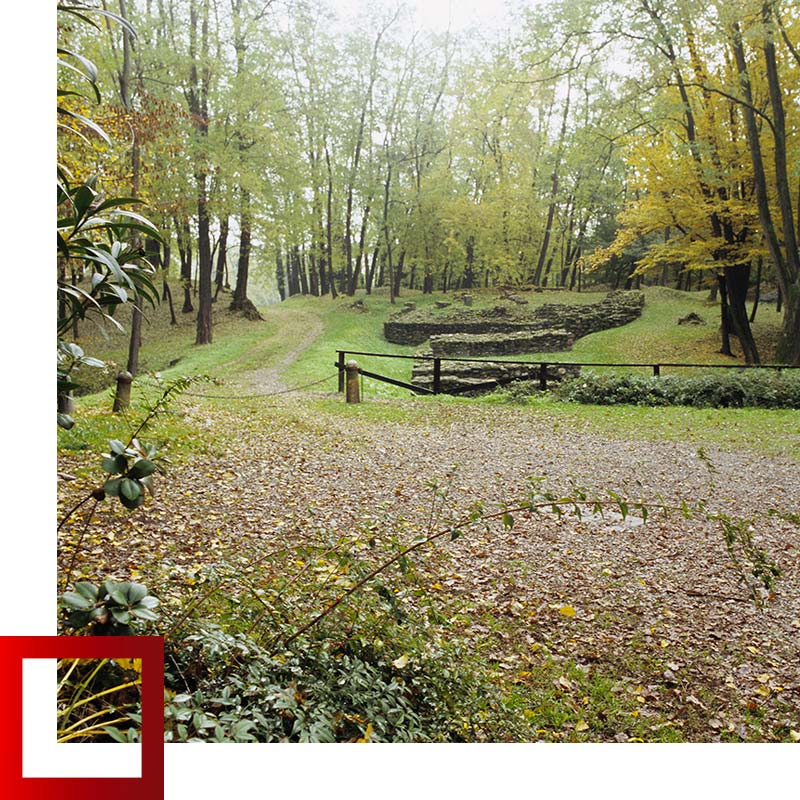
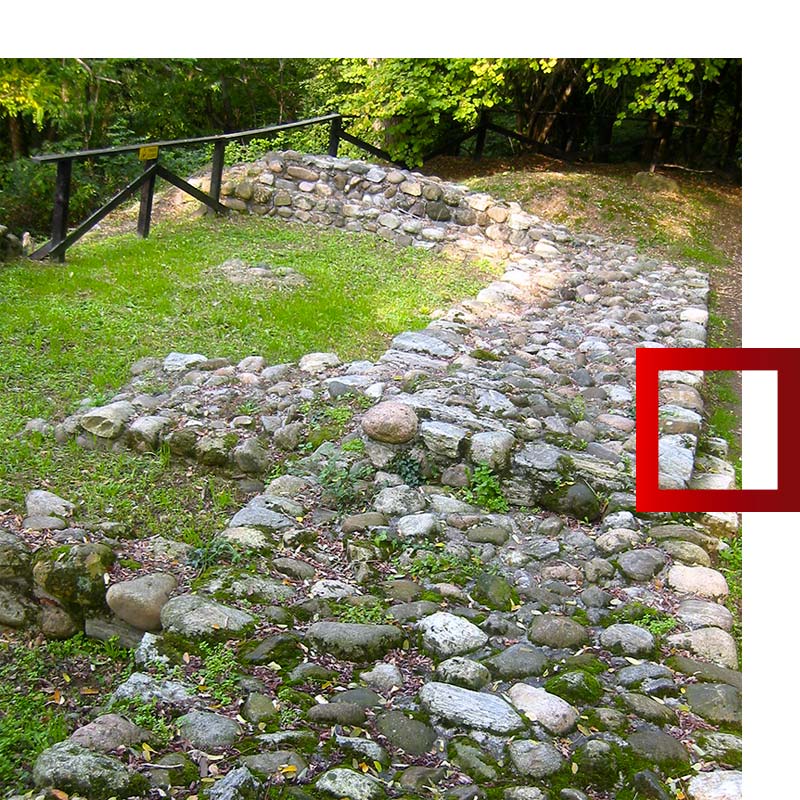
Rural power centre
The Castrum, destroyed in the 13th century and subsequently abandoned, has conserved its fundamental features. The imposing defensive wall and San Giovanni Evangelista religious complex, with a church and octagonal baptistery, were restructured by the Lombards in the 7th century; aristocrats were buried inside and externally. In the Lombard era the area was the seat of a Gastald, an administrator of the Lombard king’s possessions who promoted the construction of prestigious buildings such as the church of Santa Maria foris portas and the monastery of Torba – which together constitute the Torba monumental complex, an extension of the fortified site of Castelseprio. A significant example of a power centre established in a rural area, the settlement is delimited by walls that extend up to Torba, in the flat Olona valley bottom. The tower was built between the 5th and 6th centuries and is the only remaining evidence of the Late Roman empire, when the complex was a military garrison.
The structure
All the towers except that of Torba and a large part of the walls are preserved just above foundation level; they were deliberately destroyed in 1287. The present entrance to the Castrum runs alongside the pillars of the old bridge that gave access, leading to a (partially preserved) semicircular avant-corps where the main door was located. Beyond this, now as in the past, stands the religious complex of San Giovanni, located in a central zone of the flat ground.

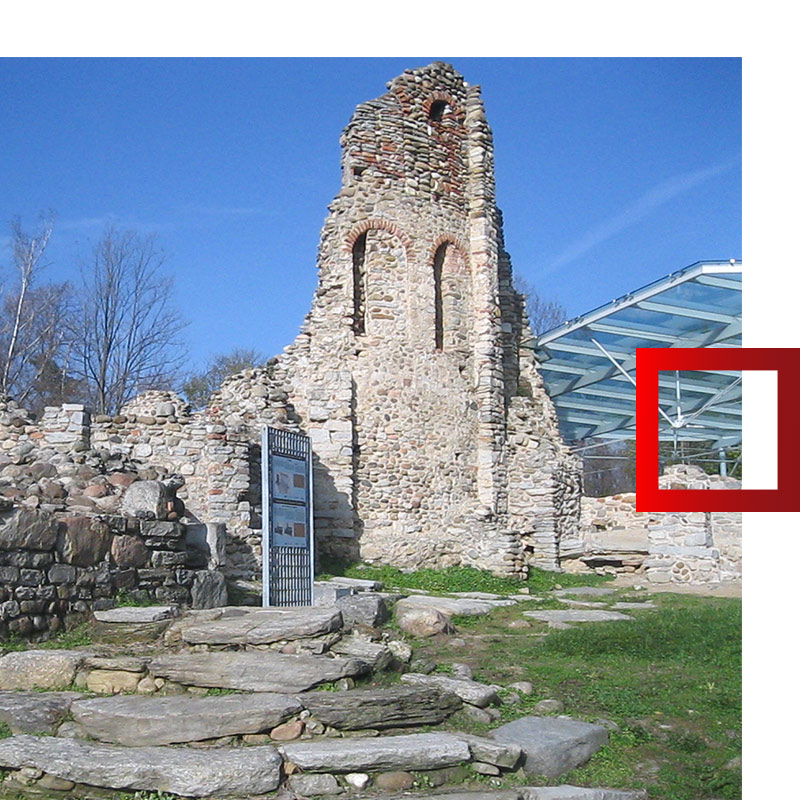
Church of San Giovanni
The baptistery contains notable remains of wall frescoes and a floor made of small marble slabs (opus sectile).
The earliest phase dates to the 5th-6th century AD, which was followed by the church of a college of canons until 1582; this was then progressively abandoned, ending with its almost complete demolition in the early 19th century. Behind the apse large slabs can be seen, some with carved crosses associated with privileged burials. South of the church of San Giovanni lie the ruins of that of San Paolo, a hexagonal church referred to in late 11th century documents. The interior had two floors, while the outside of the apse shows traces of typical Romanesque decoration with small arches.
Roman towers
Other lay buildings include several dwellings and, at the end of an extensive lawn, the “strong house”, a monumental building that was probably a political power base.
Notwithstanding the large empty spaces inside the defensive wall and few visible remains of houses, before the destruction – in addition to the partially preserved religious and civil buildings – the area would have been densely inhabited.
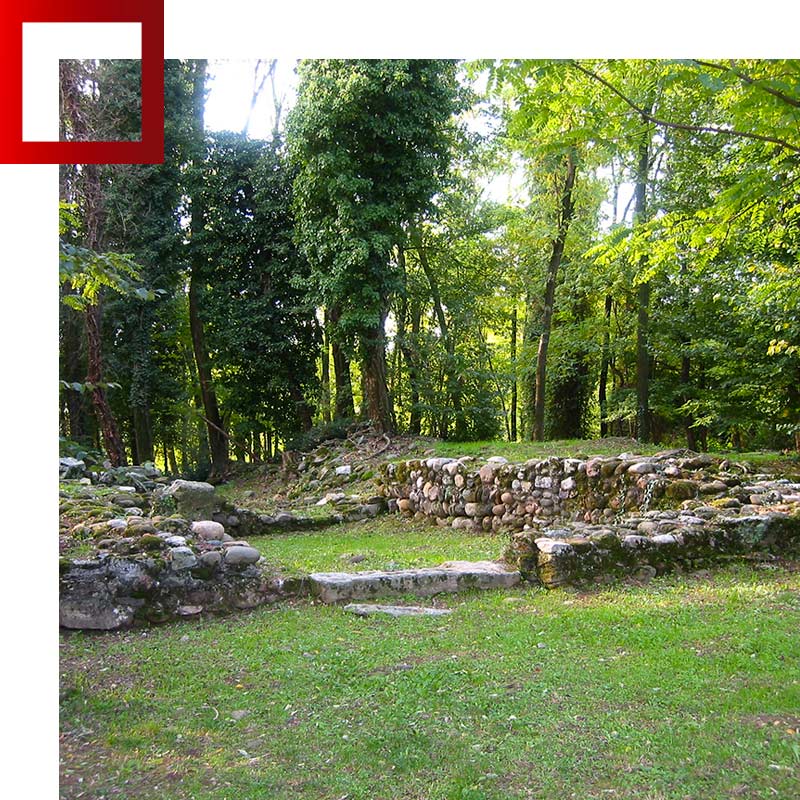
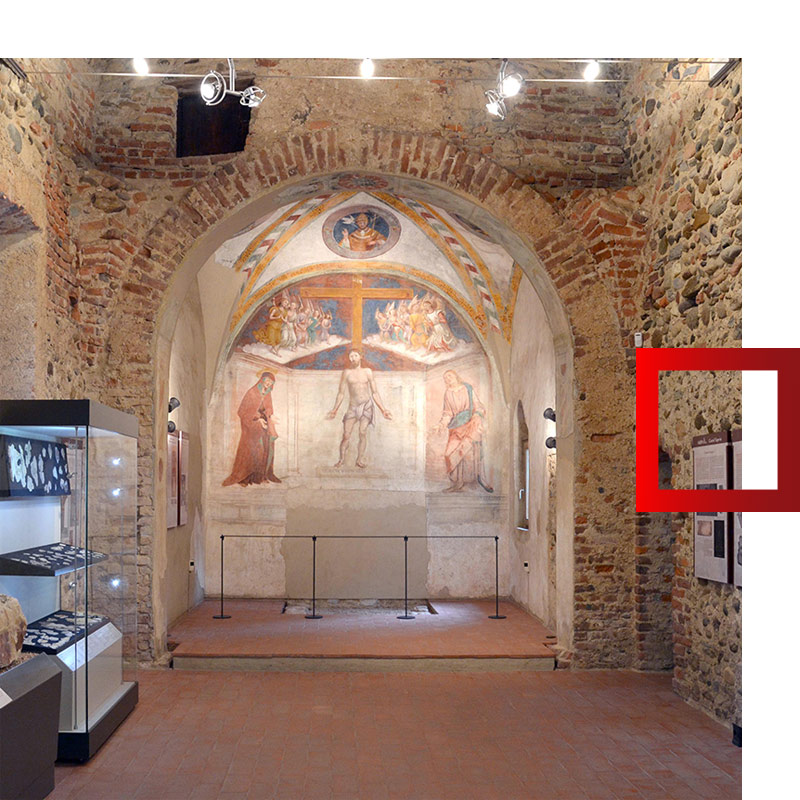
Antiquarium
Inside the Castelseprio Archaeological Park, the Antiquarium museum, housed in the former Franciscan convent of San Giovanni, was inaugurated in 2009. With a modern and didactic approach, it displays to visitors the most significant finds found during the (still ongoing) archaeological excavations in ancient Castelseprio, recounting the site’s history from the first prehistoric traces to the last monastic presence in the Late Medieval period.
Visit
Info and contacts
Archaeological Park and Antiquarium
Via Castelvecchio, 1513 – Castelseprio VA
Phone 0331820438
Mail. parcoarcheologico.castelseprio@beniculturali.it
Website
VUOTO
Tickets
Free Entry
Opening Times
Archaeological Park
Monday closed
Tuesday closed
Wednesday 09.00 – 14.00
Thursday 13.30 – 17.30
Friday 13.30 – 17.30
Saturday 13.30 – 17.30
Sunday 09.30 – 17.30
Antiquarium
Wednesday 11.30-14.00
Thursday , Friday and saturday 15.30-17.30
Sunday 13.30-17.30
